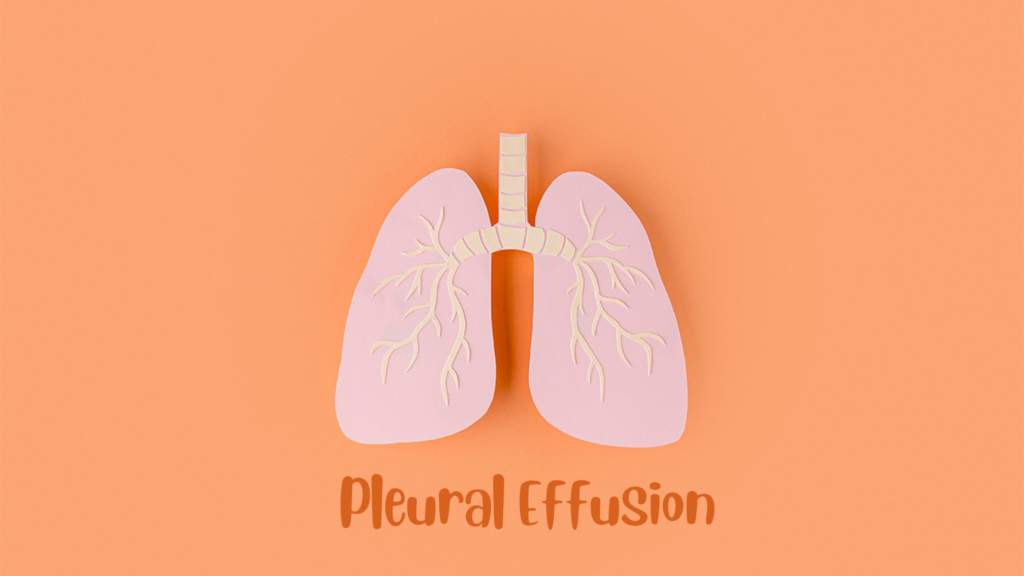💧 Pleural Effusion – Overview
Pleural effusion is the abnormal accumulation of excess fluid in the pleural space — the thin gap between the lungs and the chest wall.
⚙️ Types of Pleural Effusion
| Type | Cause/Description |
|---|---|
| Transudative | Caused by systemic factors that alter pressure (e.g., heart failure, liver cirrhosis, nephrotic syndrome) |
| Exudative | Caused by local inflammation or injury (e.g., infections like pneumonia, cancer, pulmonary embolism, autoimmune diseases) |
📋 Symptoms
- Shortness of breath (dyspnea)
- Chest pain (usually sharp and worse with deep breaths)
- Dry cough
- Reduced breath sounds on the affected side
- Decreased chest expansion on the affected side
🩺 Diagnosis
- Physical exam: Dullness to percussion, decreased breath sounds
- Chest X-ray: Shows fluid layering in the pleural space
- Ultrasound: Helps detect and guide fluid sampling
- Thoracentesis: Needle aspiration of pleural fluid for analysis to determine cause
- CT scan: For detailed evaluation if needed
🔬 Pleural Fluid Analysis
- Appearance (clear, cloudy, bloody)
- Protein and lactate dehydrogenase (LDH) levels to distinguish transudate vs. exudate (Light’s criteria)
- Cell count and differential
- Gram stain and cultures (for infection)
- Cytology (to check for cancer cells)
💊 Treatment
- Treat underlying cause (e.g., diuretics for heart failure, antibiotics for infection)
- Thoracentesis for symptomatic relief or diagnosis
- Chest tube drainage if large or complicated effusions
- Surgery (pleurodesis or decortication) in recurrent or malignant effusions
⚠️ Complications
- Lung collapse (atelectasis)
- Infection of pleural fluid (empyema)
- Fibrosis or thickening of pleura, restricting lung expansion
🛡️ Prevention
- Manage underlying diseases well
- Prompt treatment of infections
- Regular monitoring in high-risk patients
